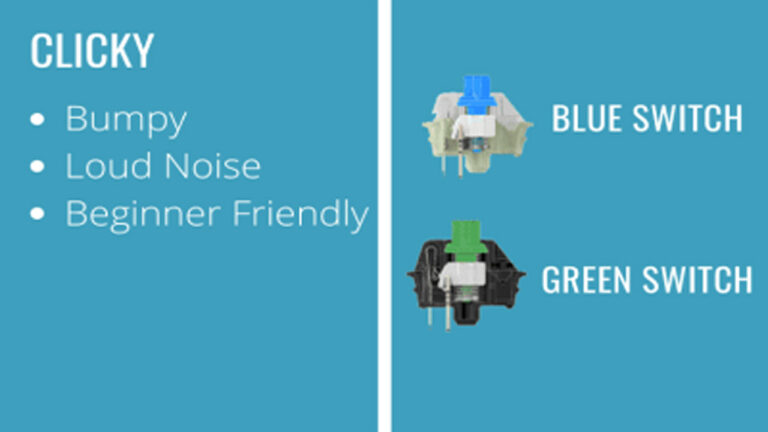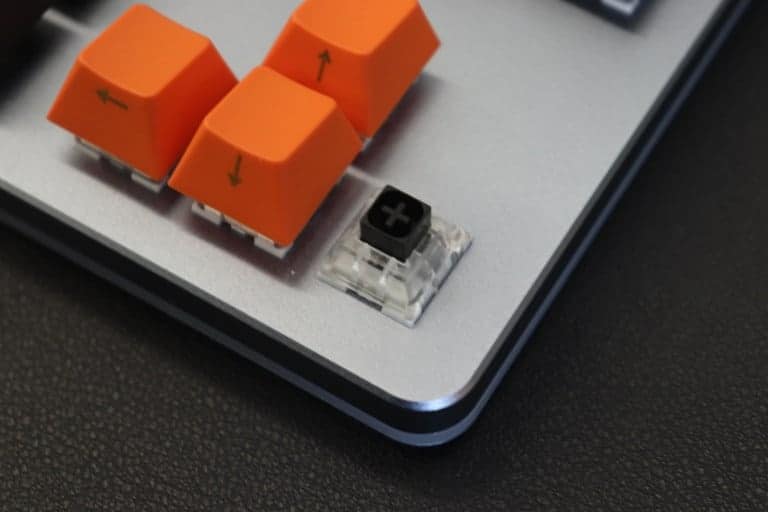

The bump generally happens roughly halfway down the keystroke. This is shaped slightly differently depending on the specific switch, but the effect is the same: your fingers can feel when this bump slides past the copper “leaves,” activating the keypress to your computer. The stems on a tactile switch have a small indentation on the stem legs (the bump!).

More “clacky” sound and feel (but the difference is slight).Popular red switches (usually red, yellow, or black) when the key is pressed all the way down and makes contact with the PCB (the circuit board inside your keyboard case) The first thing you’ll feel using linear switches is the “bottom out,” I.e. When you press the key down, you won’t actually feel precisely when the stem hits the copper leaves (and actuates the keystroke, I.e. The stem “legs” on linear switches are smooth. Generally have a softer sound (deeper, more “buttery”).If you encounter Kailh Box Jades, you can probably assume that “jade” is similar enough to blue and green, and therefore it’s probably a clicky switch!) What is a linear switch (and how does it work?)

(And if you see switches like the Akko Rose Reds, you can be reasonably sure those are linear switches. There are way more colors, but these are the basics. Generally speaking, the colors refer to the type of switch (at least the common colors) Switch Type Common Colors Feel Noise Level Used for Linear Red, Black, Yellow Smooth, no bump Soft to medium Mostly gaming Tactile Brown, Clear Has tiny bump Medium Gaming, Typing Clicky Blue, Green Has tiny bump Medium to loud Gaming, Typing There’s the tiny bump, but with a small audible “click.” These are generally louder. Clicky: These are a sub-type of tactile switches.This “tactile feedback” helps your fingers feel when the key has actually been registered. Tactile: These switches provide a tiny “bump” when you press them (generally around the actuation point).There’s no tactile or auditory feedback when you press them, and they require the least amount of force to actuate.

Pressing them is a straight, smooth path from the top to the bottom. Whew! Normal” keyboards (mostly “membrane keyboards”) don’t have mechanical switches with all those parts, but rather a thin rubber membrane with fewer moving parts (which is cheaper, but doesn’t feel or sound like mechanical switches)! Switch Comparison: Linear vs Tactile vs ClickyĪll switches fall under 3 broad categories: Lower housing: The bottom half of the switch “shell” or “box.”


 0 kommentar(er)
0 kommentar(er)
